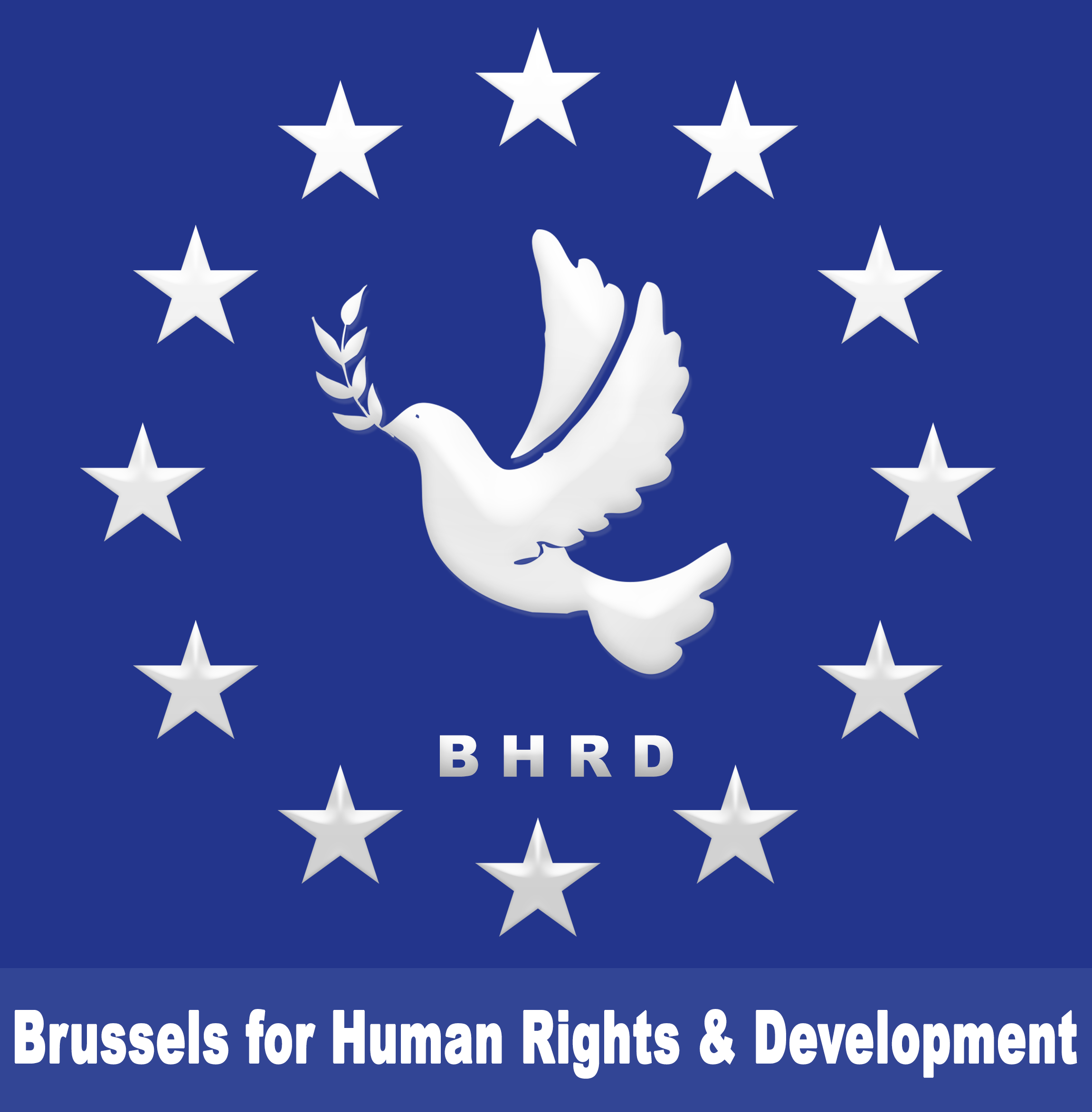The global youth unemployment rate has reached a 15-year low, according to the latest report by the UN International Labour Organization (ILO). However, young workers, especially in low-income countries and certain regions like Asia, the Pacific, and Arab States, are struggling to benefit from the post-COVID economic recovery.
Despite a global decline in youth unemployment to 13% in 2023—lower than pre-pandemic levels—the recovery remains uneven, with rising joblessness in East Asia, the Arab States, and Southeast Asia and the Pacific. The ILO’s report highlights significant disparities in job security, with only one in four young workers in low-income countries securing stable employment, compared to three in four in wealthier nations.
The report also sheds light on the challenges faced by young women, who are twice as likely as men to be “NEET” (Not in Employment, Education, or Training). Gender bias remains a significant issue, with the global NEET rate for young women more than double that of young men in 2023.
The ILO emphasizes that creating decent work opportunities is crucial for social justice and the global economy, especially in the face of demographic trends like Africa’s “youthquake.” The report calls for urgent action to address inequalities in the labour market and ensure that young people have the opportunity to build secure futures.
Key findings from the ILO’s Global Employment Trends for Youth 2024 report include a shortage of high-skill jobs, particularly in middle-income countries, and the need for skills development to keep pace with evolving demands in green and digital industries. The ILO underscores that without equal access to education and decent work, millions of young people will miss out on a better future.
The original article


 العربية
العربية